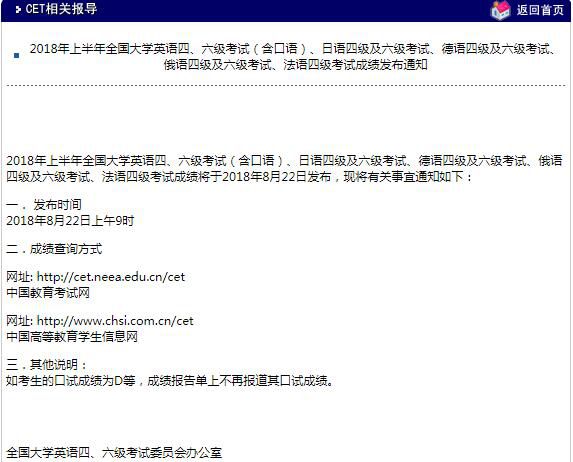GMAT考试写作指导:Argument范文八十
|
10. The conclusion in this argument is that the state legislature need not consider the views of protesting students. To support this conclusion, the author points out that only 200 of the 12,000 students traveled to the state capitol to voice their concerns about proposed cuts in college programs. Since the remaining students did not take part in this protest, the author concludes they are not interested in this issue. The reasoning in this argument is flawed for two reasons. First, the author assumes that because only one-tenth of the students took part in the protest, these students' views are unrepresentative of the entire student body. This assumption is unwarranted. If it turns out, for example, that the protesting students were randomly selected from the entire student body, their views would reflect the views of the entire college. Without information regarding the way in which the protesting students were selected, it is presumptuous to conclude that their opinions fail to reflect the opinions of their colleagues. Second, the author cites the fact that the remaining 12,000 students stayed on campus or left for winter break as evidence that they are not concerned about their education. One obvious rejoinder to this line of reasoning is that the students who did not participate did so when they that their concerns would be expressed by the protesting students. In any case, the author has failed to demonstrate a logical connection between the students' alleged lack of concern and the fact that they either stayed on campus or left for winter break. Without this connection, the conclusion reached by the author that the remaining 12,000 students are not concerned about their education is unacceptable. As it stands, the argument is not well reasoned. To make it logically acceptable, the author would have to demonstrate that the protesting students had some characteristic in common that biases their views, thereby nullifying their protest as representative of the entire college |








